The landscape of workplace dining is undergoing a massive transformation, and at the heart of this change is Food-as-a-Service (FaaS). The traditional office cafeteria is being replaced by innovative, tech-driven food solutions that cater to the evolving needs of modern workplaces. For Chief Technology Officers (CTOs), understanding this shift is crucial as food tech becomes an integral part of workforce efficiency, employee well-being, and corporate sustainability initiatives. The rise of FaaS offers not only convenience but also the ability to integrate smart dining solutions into broader workplace technology ecosystems.
Food-as-a-Service is a model where companies leverage technology to provide flexible, scalable, and on-demand meal solutions. Instead of operating a full-service kitchen, workplaces can now use third-party providers offering pre-packaged, smartly curated meals that employees can access via digital platforms. This model aligns with the broader shift towards service-based solutions across industries, where companies prefer outsourced, tech-enabled solutions over in-house management.
The rapid adoption of cloud computing, IoT, and AI has enabled FaaS to scale efficiently. Meal selection, inventory management, and waste reduction are now automated, reducing administrative overhead for companies while enhancing the employee experience. The global food tech market has seen exponential growth, driven by factors such as changing dietary preferences, demand for convenience, and corporate wellness initiatives. For CTOs, this presents an opportunity to leverage data and AI to optimize workplace dining experiences.
At its core, Food-as-a-Service thrives on cutting-edge technology. Smart canteens and digital meal services integrate various technologies to create seamless dining experiences. Internet of Things (IoT) devices, for instance, track inventory levels in real time, ensuring that restocking happens only when necessary. This reduces food waste and operational inefficiencies.
Artificial intelligence plays a significant role in personalizing meal offerings. AI-powered recommendation systems analyze employee preferences, dietary restrictions, and previous choices to curate tailored meal plans. Meanwhile, blockchain technology ensures transparency in the food supply chain, offering employees insights into ingredient sourcing and nutritional content.
For CTOs, integrating FaaS solutions means ensuring that these technologies align with existing IT infrastructure. Data security, API integrations, and system interoperability become key considerations when deploying smart dining solutions at scale.
The shift towards FaaS has profound implications for workplace dining. Traditional office cafeterias often struggle with inefficiencies related to food wastage, long queues, and limited dietary options. FaaS solutions address these challenges by offering employees a range of healthy, pre-packaged meals that can be accessed on-demand.
Moreover, FaaS aligns with the modern hybrid work model. As employees split their time between home and office, traditional cafeteria models become increasingly redundant. Instead, smart fridges, app-based meal orders, and automated vending machines ensure that employees have access to quality meals irrespective of their work location.
For CTOs, this means rethinking how workplace dining fits into broader employee experience strategies. Integrating meal services with workplace apps and digital employee platforms can create a cohesive and convenient user experience.
One of the key advantages of FaaS is the ability to leverage data for decision-making. Workplace dining solutions collect vast amounts of data on employee meal preferences, peak usage hours, and waste patterns. This data can be analyzed to optimize food supply, personalize dining experiences, and reduce operational costs.
For CTOs, ensuring that this data is used ethically and securely is paramount. Implementing robust data privacy policies, anonymizing user data, and complying with regional data protection laws can help build trust while maximizing the benefits of data-driven insights. AI-driven analytics can also help predict demand patterns, ensuring that meal provisions are aligned with workforce needs.
Sustainability is a significant driver behind the rise of Food-as-a-Service. Traditional office dining solutions contribute to food waste, excessive packaging, and high energy consumption. FaaS providers are now prioritizing sustainability through compostable packaging, AI-driven waste tracking, and locally sourced ingredients.
For CTOs, integrating sustainable FaaS solutions aligns with corporate environmental, social, and governance (ESG) goals. IoT-enabled inventory management can minimize over-ordering, while predictive analytics can help reduce surplus food production. Additionally, blockchain transparency can provide insights into a company’s carbon footprint related to food consumption.
Despite its benefits, implementing Food-as-a-Service comes with challenges. Integrating third-party food services with internal IT systems requires careful planning. Ensuring a seamless user experience across meal-ordering apps, payment gateways, and access control systems is critical.
Another challenge is employee adoption. While tech-savvy employees may adapt quickly to smart canteens and digital meal platforms, others may require additional onboarding and support. Change management strategies, including clear communication, employee training, and incentives, can help drive adoption.
Cybersecurity is another concern, as FaaS systems collect sensitive employee data, including payment details and dietary preferences. CTOs must ensure that food service providers adhere to strict security protocols, including encryption, secure API connections, and compliance with global data protection regulations.
The future of Food-as-a-Service is promising, with continuous advancements in food tech shaping the way employees dine at work. The integration of AI-powered nutrition tracking, automated meal customization, and even robotics in food preparation is on the horizon.
For CTOs, staying ahead of these trends will be crucial. As workplace technology evolves, food services will need to be seamlessly embedded within smart office ecosystems. From IoT-enabled fridges to meal subscription models that adapt to an employee’s dietary needs, the future of workplace dining will be more personalized, efficient, and sustainable than ever before.
Ultimately, Food-as-a-Service represents a paradigm shift in how companies approach employee dining. For CTOs, it’s an opportunity to enhance workplace efficiency, improve employee satisfaction, and contribute to corporate sustainability goals. Embracing this shift and integrating smart dining solutions will ensure that workplaces remain agile, innovative, and future-ready.


